


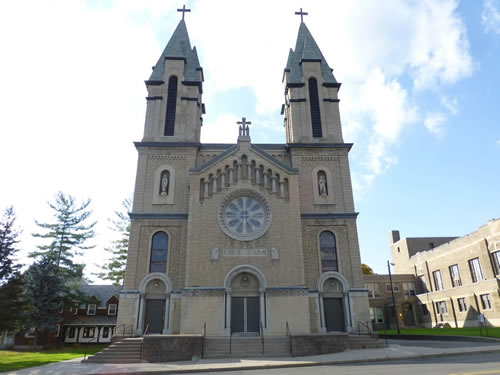

The first Masses to be offered in Auburn, NY, outside of evangelization to the Indians, took place in 1816 when Fr. Michael O'Gorman visited the Auburn area from the state capital of Albany. The earliest Masses were offered in the home of the O'Connor family on Water St. On July 11, 1919, Fr. John Farnan, from the parish of St. John in Utica, visited Auburn and offered Mass at the court house. Following this visit, work began on establishing a parish for the people of Auburn. A plot of land was purchased for five dollars, and construction began on the first Auburn church. However, this project was never completed, and the unfinished edifice was sold along with its parcel of land.
Priests continued to visit and minister to the parish-less city of Auburn from 1820 through 1834. This missionary work was mainly carried out by Fr. Patrick Kelly. On May 15, 1834, Fr. Francis O'Donoghue bought an old Methodist two-story frame church on Chapel St. for $1,200, and immediately began to remodel the building for Catholic worship. It was in this small church that the parish of Holy Family began. The building was dedicated as a Catholic church on Oct. 23, 1834.
It was only a year into its existence that a young Auburn man set fire to the church while people were worshipping inside. Thankfully, this arson attempt was quickly discovered and the fire was put out without significant damage. A number of priests served Holy Family parish during these early years, including Frs. O'Donoghue, Connoly, Grace, and Bradley. Fr. Thomas O'Flaherty's arrival in 1840 brought with it significant controversy. His tenure was, according to parishioners, marked by abusive language from the pulpit, improper use of church funds, and problems with the Sisters of Mercy. He would eventually be suspended from the priesthood.
July 1, 1861 was a significant day in the history of Holy Family parish, as this was the dedication of the new, present-day church building under the leadership of Fr. Michael Creedon. This building cost $35,000 to construct, and it featured a red brick exterior. A cross for the church would be imported from Paris in 1862. The former church eventually became Holy Family School. Holy Family experienced significant growth during this period, but trouble would soon return to the parish.
In 1864, Bp. Timon of Buffalo, who was charged with the territory of the Diocese of Rochester at that time, reinstated Fr. Thomas O'Flaherty and assigned to lead Holy Family once again. This news set off flames of anger as the parishioners remembered well his previous controversial tenure that ended 14 years prior. Bp. Timon had to send his Vicar General, Fr. William Gleeson, to Holy Family to calm upset parishioners and reassure them that Fr. O'Flaherty had repented and was ready to serve. This hope of Bp. Timon failed, as Fr. O'Flaherty once again created divisions inside the parish. The situation got so bad that word would spread across the country. On Feb. 21, 1869, tempers flared so high that the Mayor of Auburn, police, and army National Guard had to be called in to quiet the troubles. Bp. McQuaid heard of these problems, and immediately reassigned Fr. O'Flaherty to begin the new church of St. Mary's in Auburn, and he appointed Fr. Kavanaugh in his place to heal the divisions and lead the remaining flock.
The church witnessed some renovations during the tenure of Fr. William Seymour, who served from 1877 to 1895. A new marble altar was installed and dedicated by Bp. McQuaid in November of 1885, and Stations of the Cross were installed and dedicated a year later. These campus improvement efforts were continued under his successor, Fr. John Hickey, who purchased additional land to add two bell towers to the church and construct a sacristy. The exterior of the church was painted, and the church was completely remodeled inside and out. It was at this time that the new, larger present-day Stations of the Cross were installed. The total cost of this renovation project was $30,000.
In 1912, twenty stained glass windows were imported from Munich and installed throughout the church. The following year, old pews were replaced with the oak pews still in place today. In 1916, the church building was extended an additional 20 feet in the front, and a new facade was constructed. The exterior of the church was remodeled to imitate the look of Indiana limestone.
In 1924, the school building was struck by lightning and the roof was damaged by the resulting fire. It was at this time that the parish purchased two plots of land next to the church for $28,000 to construct a new school. Ground was broken in April of 1927, and the school was finally dedicated in August of 1928 by Bp. Thomas Hickey. The school cost $244,300 to build. A high school was also built, and this school opened on Sep. 8, 1930.
More construction projects took place over the following decades as the parish continued to grow. In 1933, the church was renovated in anticipation of its centennial celebration. A new rectory was completed in February 1942. The Sisters of Mercy built and then moved into a new convent on Mar. 13, 1957. From 1958 through 1959, the church and schools were both renovated. It was in November of 1967 that the large rose window was installed in the choir loft at the back of the church. A year later, heated sidewalks were installed in front of the church building for parishioner safety. The same year, new steel beams and columns were installed underneath the church as it was beginning to sink with age.
In the late 1960s through early 1970s, various changes came about as a result of the Second Vatican Council. In 1970, the parish established its first Board of Education and Parish Council. The first council members were elected in April of 1973. In the Spring of 1972, the Holy Family High School, which had been administered by the nearby Carmelite Fathers, was closed and sold. This would give rise to Mt. Carmel High School in Auburn. Elementary school enrollment declined rapidly, and by 1973 that school was closed as well. The Holy Family school would merge with the elementary schools of St. Alphonsus and Sacred Heart to form a new school on the St. Alphonsus campus to be entitled the "Blessed Trinity School." Classes began at Blessed Trinity in September of 1973. The Sisters of Mercy convent closed that same year and was leased out to generate additional funds for the parish.
Declining Mass attendance, and a growing shortage of priests, lead to the clustering of Holy Family and St. Aloysius churches in 1982. Conrad Sundholm, then a priest, was assigned to lead these two parishes. It was during his tenure that Holy Family was extensively renovated once again. During these renovations, the parish worshipped in the school gym. The church was made handicap accessible in 1983, and in 1988 a huge renovation project took place to completely renovate the interior. As part of the 1988 project, the pews were lowered to ground level (which had previously been raised up), the Stations of the Cross repaired, and the sanctuary redesigned. The high altar was removed, and parts of it were installed in the new freestanding altar. The large crucifix, previously on the left side of the church, was moved to the sanctuary. The two side altars were removed, and replaced with the Blessed Sacrament chapel and Holy Family shrine. On June 24, 1989 Bp. Clark dedicated the renovated church and its new altar.
Throughout the 1990s, the parish was comprised of around 800 families. Like many parishes in this region, attendance steadily declined over the next couple decades. These declines were exacerbated when the Pastor, Dennis Shaw, was placed on leave in December of 2010. A temporary administrator was assigned shortly after. On June 28, 2011, Fr. John Gathenya was assigned by Bp. Clark to lead Holy Family parish, as he continues in that role today. Holy Family parish is smaller than it once was, averaging about 385 weekly worshippers as of 2017, but it continues to serve as the "Mother Church" for the city of Auburn.

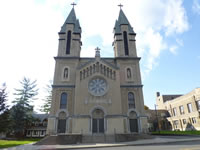
|
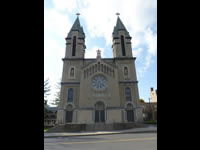
|
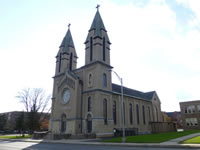
|
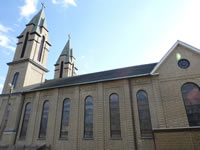
|
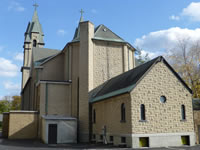
|

|

|
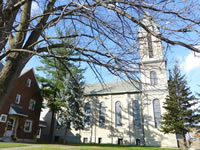
|
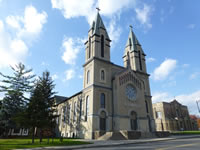
|
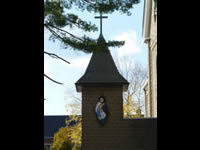
|
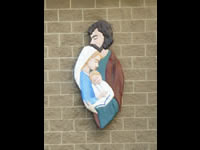
|
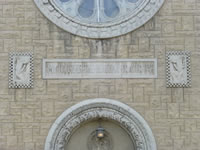
|

|
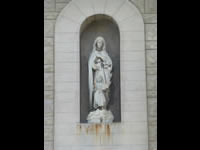
|
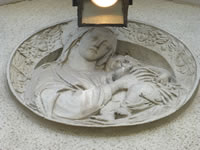
|

|
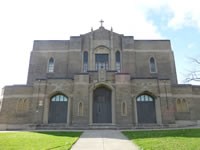
|

|
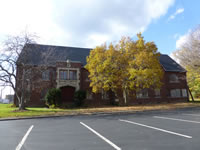
|
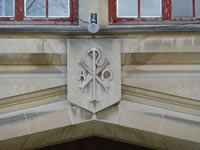
|
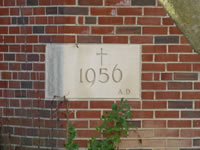
|
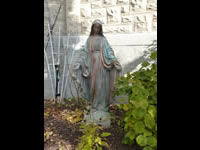
|
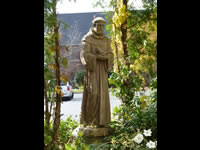
|

|

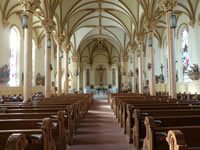
|
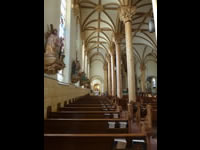
|

|

|

|

|
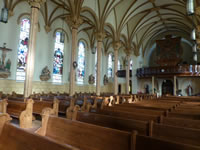
|
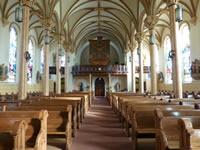
|
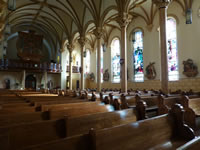
|

|
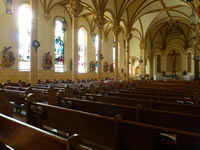
|
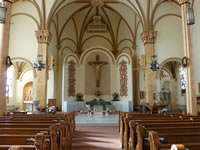
|

|
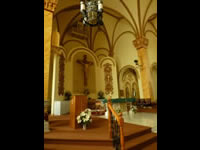
|

|
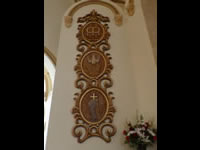
|
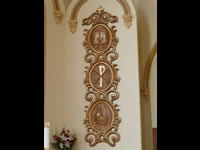
|

|

|

|

|
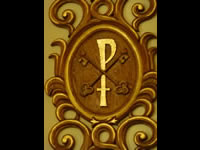
|

|

|
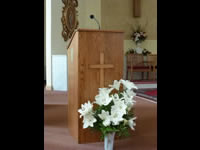
|

|
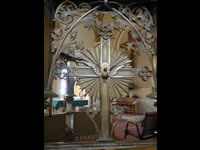
|
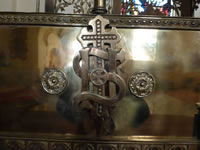
|
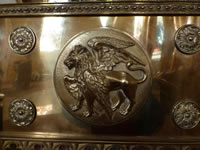
|
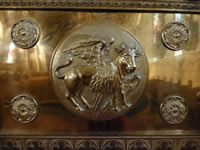
|
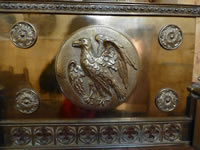
|
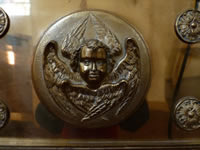
|
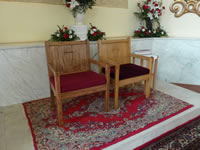
|

|

|
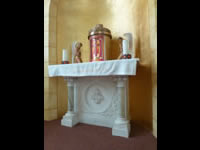
|
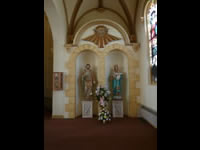
|
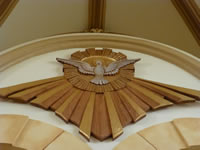
|

|
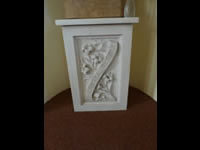
|
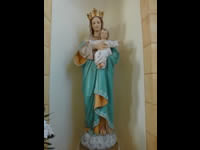
|

|
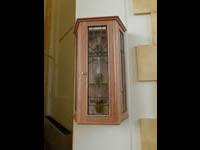
|

|

|
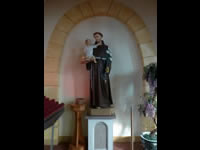
|
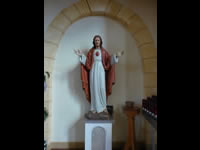
|

|
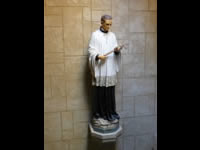
|
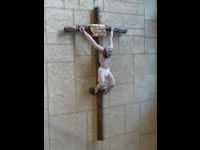
|
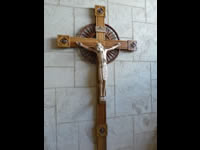
|
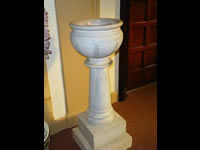
|

|
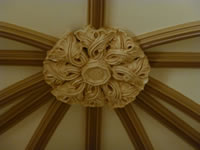
|
Stations of the Cross | ||
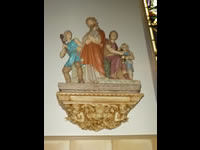
|
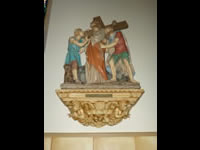
|
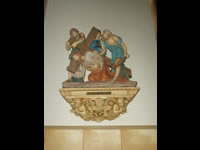
|
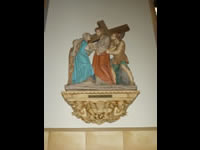
|

|

|
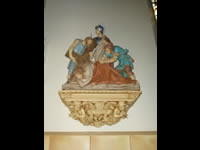
|

|
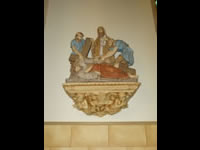
|
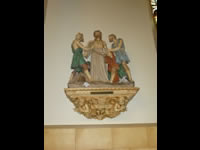
|

|

|
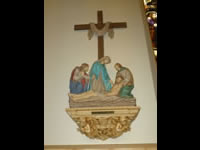
|
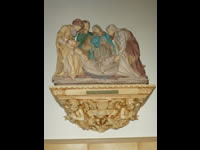
|
|
Stained Glass | ||
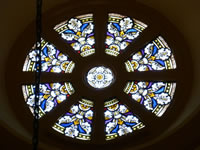
|
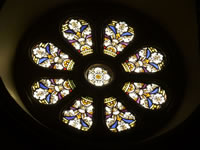
|
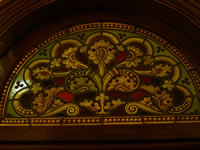
|
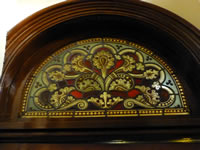
|
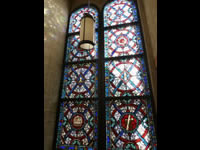
|

|
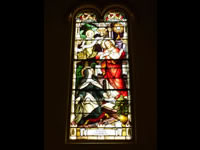
|
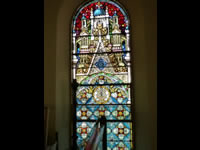
|
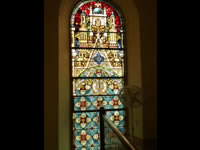
|
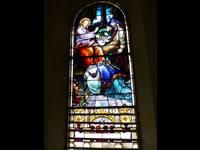
|
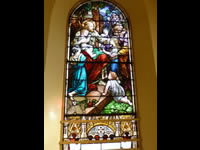
|

|
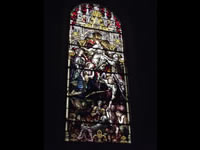
|
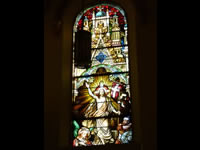
|
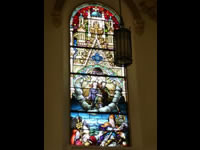
|

|
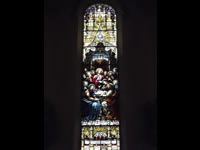
|
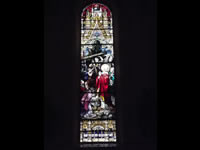
|
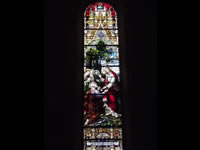
|
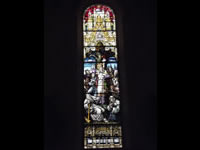
|
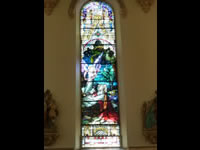
|
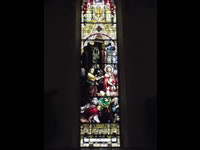
|
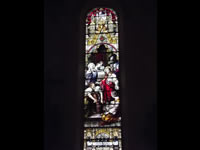
|
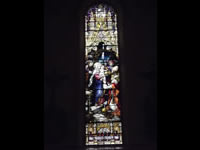
|
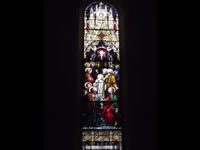
|
||

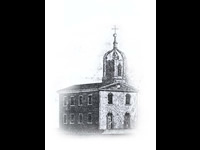
|
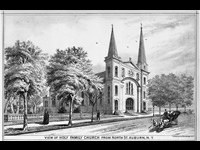
|
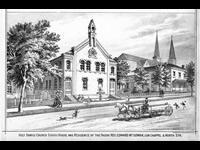
|
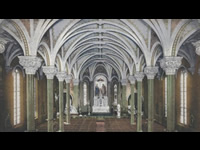
|
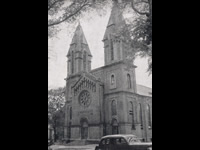
|
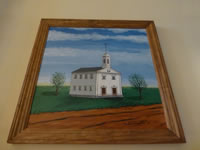
|
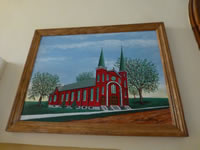
|
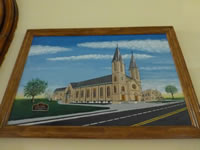
|
© 2008-2025 Rochester Churches. All photographs on this site listed under "External" or "Internal" photographs are property of Rochester Churches. Historical images are the property of their respective owners. This site is an independent project not affiliated with the Roman Catholic Diocese of Rochester. Rochester Churches is not for profit. The purpose of this site is to create an online catalogue of Rochester Catholic churches, past and present.